I started my worm farm on 4th March 2013
| |
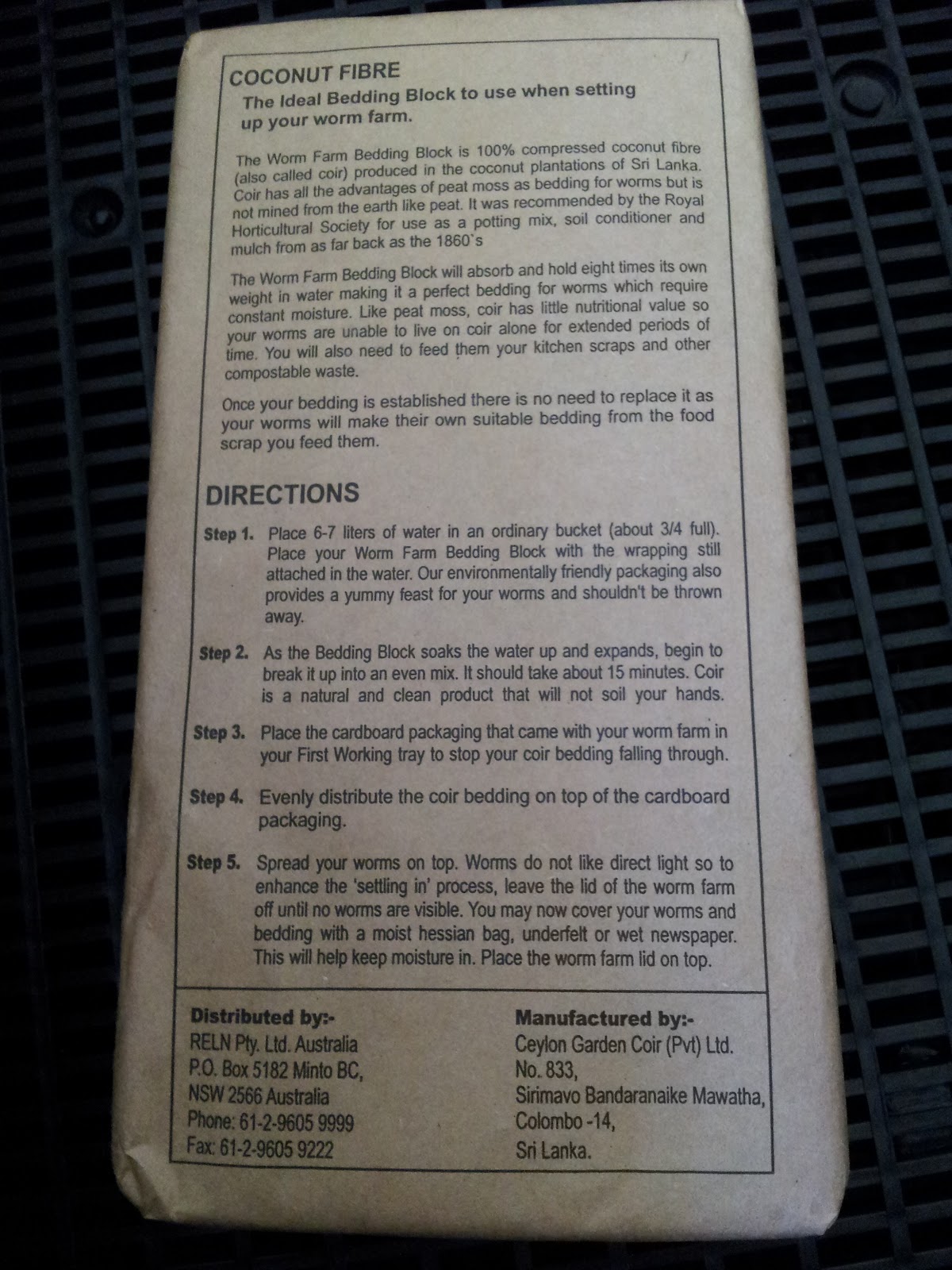 |
| Composting Worm need a place to hide- Coconut fibre is the best. It holds moisture but has little food for the worms |
 |
| New worms arrival on 4th March 2013 |
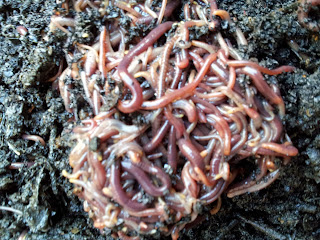
Active Healthy live worms
Video on composting worms arriving new home on 4th March 2013
 |
| Feeding worm with special Bokashi Feed Activity of worms on 18 May 2013 |
 |
| Every week I will gently turn the top 10cm |
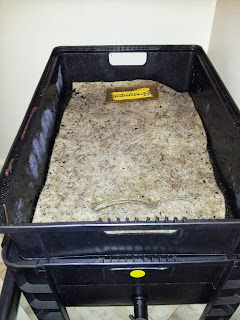 |
| Maintain moisture by covering with old carpet, felt or hessian |
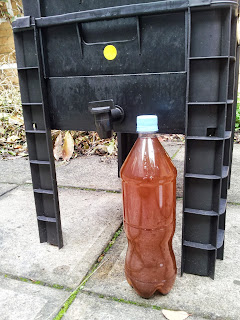 |
| Worm Juice The worm juice/tea is the enzyme in the worm’s digestive systems that allows all the nutrients and trace elements to become water soluble, therefore readily available for plant life It is fresh and with high beneficial bacteria count. These friendly microbs have been recognized to aid in soil conditioning enabling plants to take up beneficial nutrients upon demand. Worm Juice is NOT a NPK fertiliser. Whilst it contains some Nitrogen, Phosphorous and Potassium it’s major strength lays in it biological activity & complex range of other nutrients and minerals. Plants need more than NPK to grow well and I suggest that you please maintain your normal fertiliser program initially. However, once you have been The value of Worm Juice is in the millions of beneficial friendly bacteria that starts work in your soil and on your plants as soon as it is applied. Worm juice/tea can help prevent many fungal organisms from damaging your plants APPLICATIONS:- PLANT FOOD: Stir 100mls. of Worm Juice into a container holding 1ltrs. of water and Repeat in about 6 weeks and again in about 3 months for maximum effect. SOIL & FOLIAGE ACTIVATOR: Stir 100mls. of Worm Juice into a container holding 5ltrs. of water and apply to plant foliage or around base of plant. Repeat in about 6 weeks and again in about 3 months for maximum effect |
Worm cocoons and eggs and baby worms as on 18 May 2013 (after 2 months 2 weeks)
If properly managed worm farm, the population of worms should double in about 3 months.
New baby worms are only about an inch to an half inch long and are white and transparent
Vermicast, also called worm castings, worm humus or worm manure, is the end-product of the breakdown of organic matter by an earthworm.[1] These castings have been shown to contain reduced levels of contaminants and a higher saturation of nutrients than do organic materials before vermicomposting.[2]
Containing water-soluble nutrients, vermicompost is an excellent, nutrient-rich organic fertilizer and soil conditioner.[3] This process of producing vermicompost is called vermicomposting. |
| Harvesting worm cast from the bottom tray |
 |
| Pure worm cast |
Benefits of Worm cast
Soil
- Improves soil aeration
- Enriches soil with micro-organisms (adding enzymes such as phosphatase and cellulase)
- Microbial activity in worm castings is 10 to 20 times higher than in the soil and organic matter that the worm ingests
- Attracts deep-burrowing earthworms already present in the soil
- Improves water holding capacity
- Enhances germination, plant growth, and crop yield
- Improves root growth and structure
- Enriches soil with micro-organisms (adding plant hormones such as auxins and gibberellic acid)
- Biowastes conversion reduces waste flow to landfills
- Elimination of biowastes from the waste stream reduces contamination of other recyclables collected in a single bin (a common problem in communities practicing single-stream recycling)
- Creates low-skill jobs at local level
- Low capital investment and relatively simple technologies make vermicomposting practical for less-developed agricultural regions
- Helps to close the "metabolic gap" through recycling waste on-site
- Large systems often use temperature control and mechanized harvesting, however other equipment is relatively simple and does not wear out quickly
- Production reduces greenhouse gas emissions such as methane and nitric oxide (produced in landfills or incinerators when not composted or through methane harvest)
Charles Darwin admired the earthworm extravagantly.
"It may be doubted," he wrote in 1881,
"if there are any other animals which have played such an important part in the history of the world as these lowly organised creatures." The earthworm is a natural organic chemist, cultivator, and fertiliser.
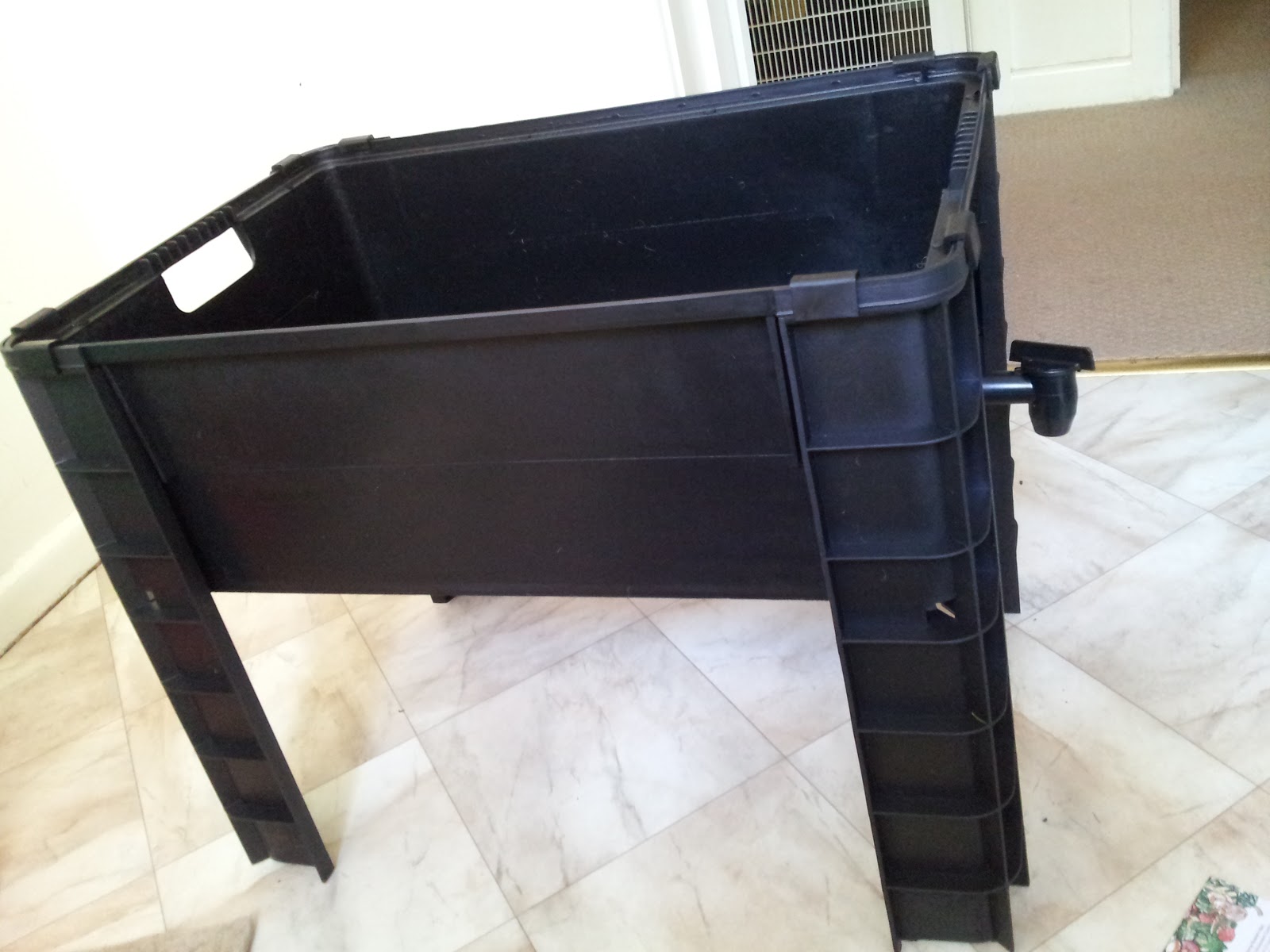

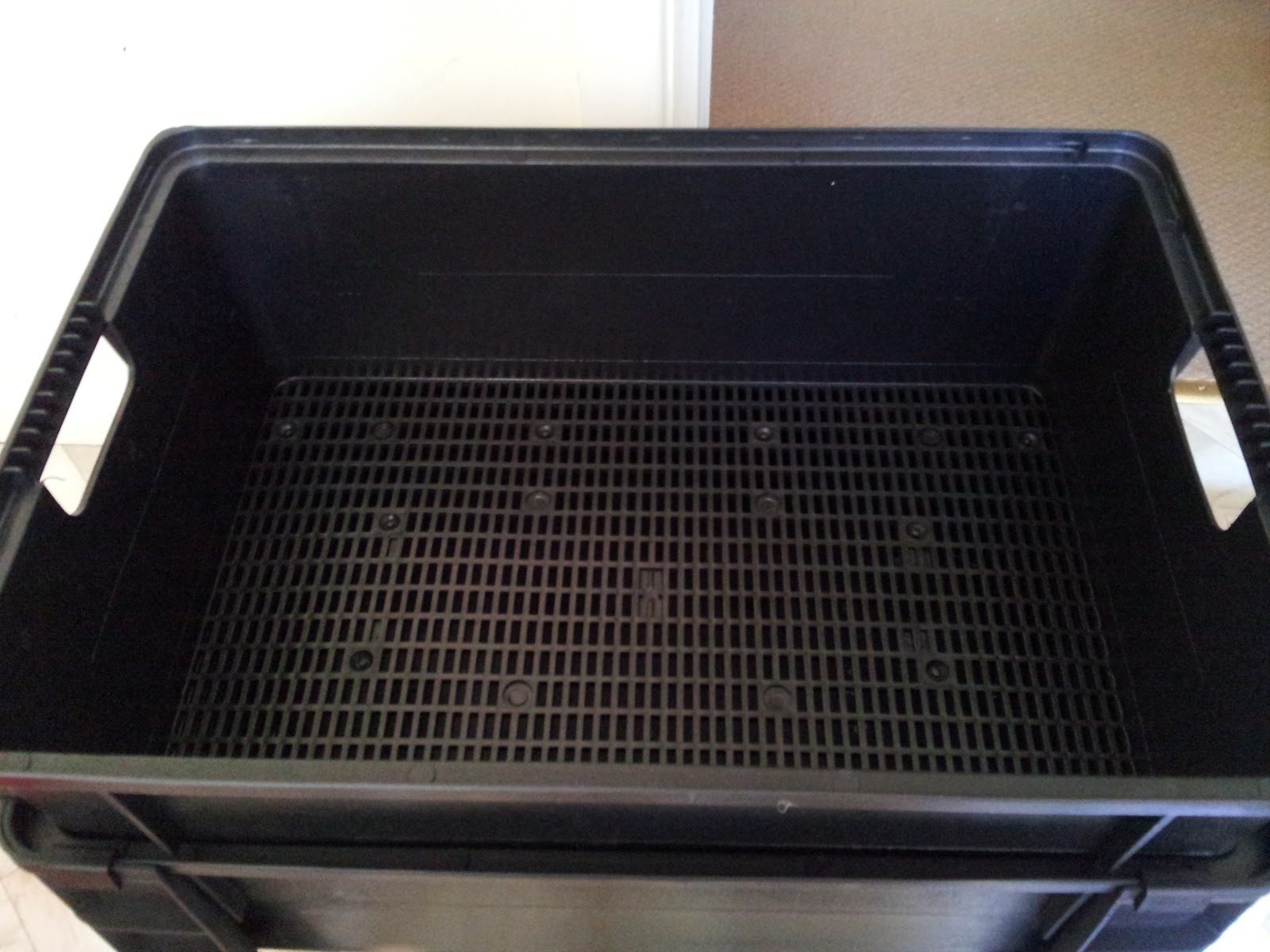


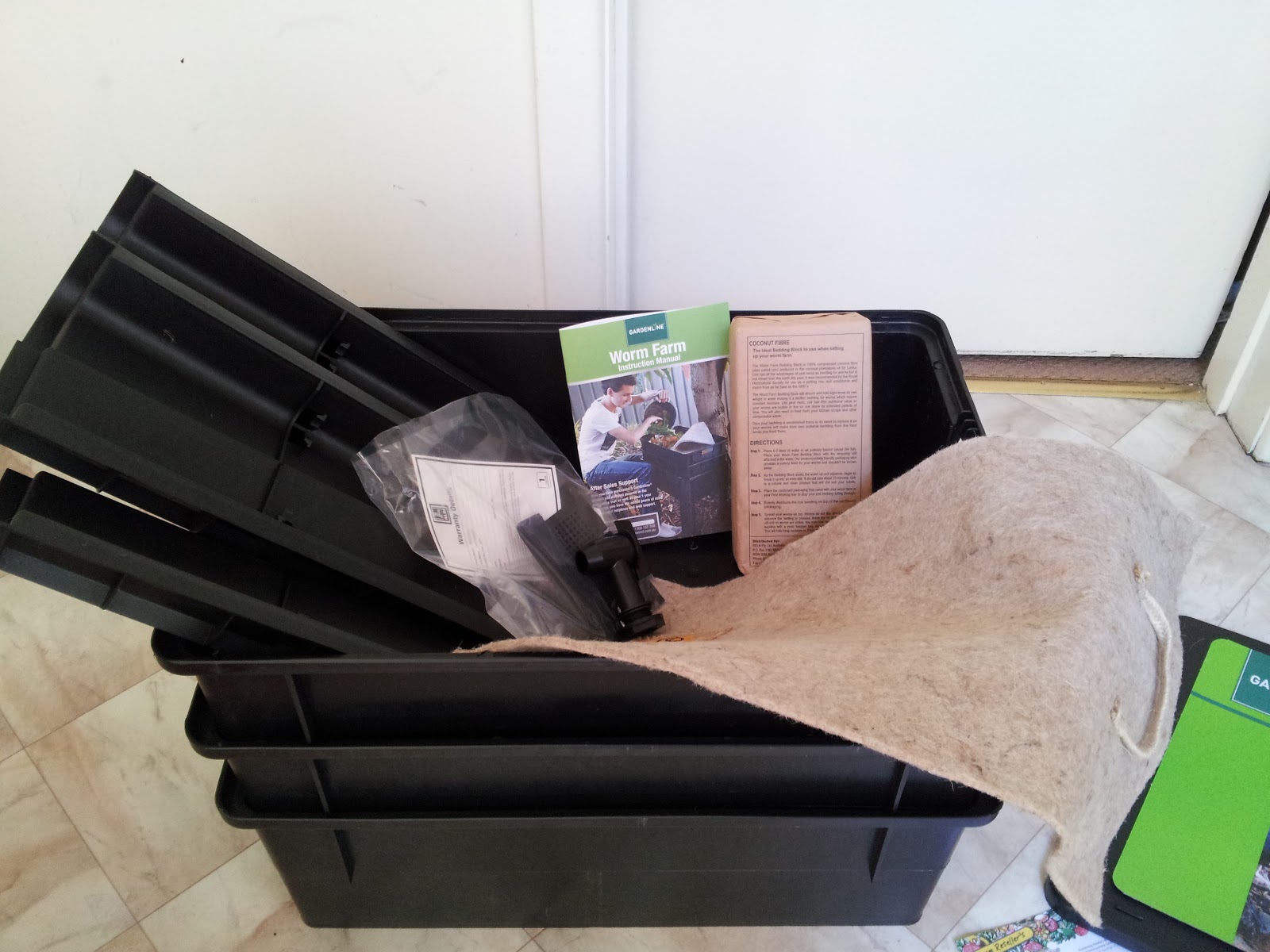
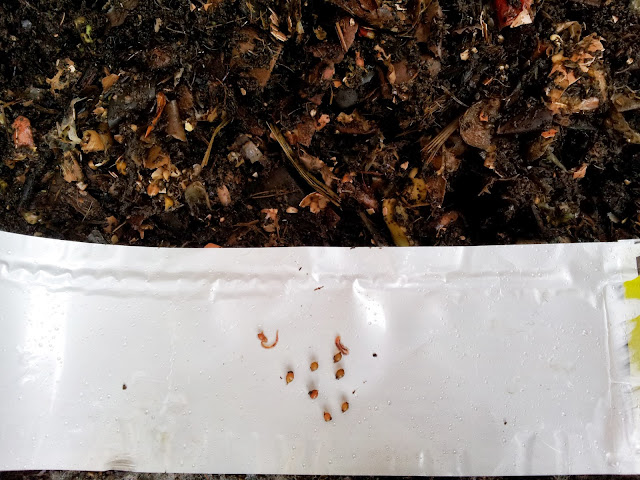
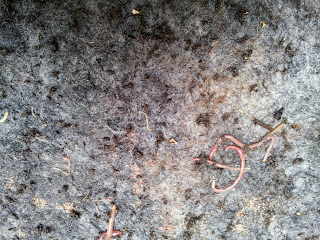


2 comments:
Very interesting about the worm farming. You know everything when it comes to nature.
Thanks George for kind wonderful comment!
Post a Comment